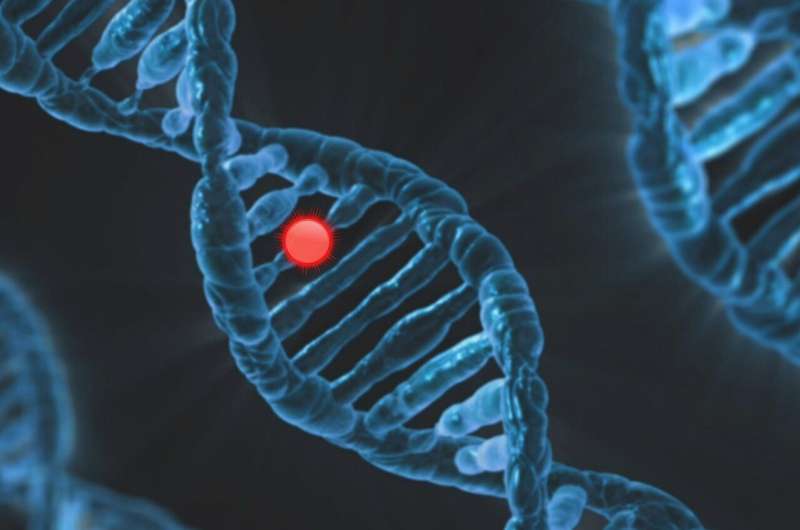New Discoveries Elucidate Gut–Brain Pathways in Chronic Pain Management

A groundbreaking study uncovers the neural pathways responsible for transmitting pain signals from the gut to the brain, offering new avenues for effective IBS and IBD treatments. Learn how these insights could revolutionize chronic pain management.
Recent research from the South Australian Health and Medical Research Institute (SAHMRI) has shed new light on how nerve signals from the gut are transmitted to the brain, revealing potential targets for treating conditions such as irritable bowel syndrome (IBS) and inflammatory bowel disease (IBD). These conditions, which afflict approximately 12% of Australians, involve overactive or hypersensitive nerves within the gastrointestinal tract, leading to chronic pain and discomfort. Despite the high prevalence, current treatment options remain limited.
Published in the Journal of Neurochemistry, the collaborative study involved researchers from the University of Adelaide, the University of Melbourne, and Flinders University. Led by Dr. Andrea Harrington, the research identified two distinct neural pathways within the spinal cord that serve as critical 'gatekeepers' for pain signals traveling from the colon and rectum to the brainstem.
Dr. Harrington explained that sensory information from the colorectum is conveyed to the brainstem via two separate regions of the spinal cord: one in the thoracolumbar spinal cord, responsible for transmitting noxious, pain-related signals, and another in the lumbosacral spinal cord, which carries a broader spectrum of signals related to normal gut function and pain modulation.
This discovery enhances our understanding of how the nervous system processes gut signals and how abnormal pain perception may develop. The detailed visualization of these pathways was made possible through advanced imaging supported by Adelaide Microscopy and histology services.
Moving forward, researchers aim to examine how these neural pathways are altered in IBS and IBD, with the goal of developing targeted therapies that can modify or inhibit faulty pathways, thereby alleviating chronic pain.
This breakthrough paves the way for more precise interventions in gastrointestinal disorders, potentially transforming how chronic gut pain is managed in the future.
Stay Updated with Mia's Feed
Get the latest health & wellness insights delivered straight to your inbox.
Related Articles
Critical Gene for Vitamin D Absorption Could Pave the Way for New Cancer and Autoimmune Treatments
Emerging research identifies the SDR42E1 gene as essential for vitamin D absorption, offering new pathways for targeted cancer and autoimmune disease treatments by regulating vitamin D metabolism.
Increasing Protein Intake May Help Prevent Muscle Loss in Patients Using Anti-Obesity Medication
New research indicates that increasing dietary protein may help prevent muscle loss in patients taking the anti-obesity drug semaglutide, especially in older adults and women. Preserving muscle mass is vital for metabolic health and improving treatment outcomes.
Metabolic Markers in Obese Adolescents Reveal Pathways for Early Vascular Aging Intervention
Emerging research highlights the role of metabolic biomarkers in early vascular aging among obese adolescents, paving the way for targeted prevention strategies to combat future cardiovascular risks.
Unexpected Births: NZ Ambulance Teams Share Their Experiences During Sudden Out-of-Hospital Deliveries
New Zealand ambulance crews share their experiences managing unexpected out-of-hospital births, highlighting challenges and the importance of specialized emergency training to ensure safe deliveries.



